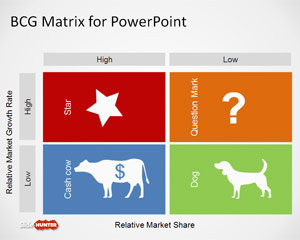

Then click on Chart Tools > Layout > Data labels > Right. Ensure all of the bubbles are selected (click off the chart and then click once on the series). The right upper quadrant contains the question mark bubbles, the right lower quadrant contains the dog bubbles. The left lower quadrant is for the cow picture. repeat the process for the other bubbles. The bubble should then update with the picture. Then, click on the bubble twice and press Ctrl+V. Once you’ve created your star picture, click on it and press Ctrl+C. The bubble in the left upper quadrant is the star. So in my example, I created some custom pictures to use as fills for the different bubbles: a star, a cow, a dog and a question mark. You can also change the number format using the Number tab to “Number” with 2 decimal places. Again, this value will change dependent on the data added. You can then adjust the minimum and maximum values to “0” and “4”. Without closing the formatting pop up menu box, click on the Y axis. This value will change depend upon your data. Then change where the “Vertical axis crosses” to have an Axis value of 2. Right click on the X axis and then choose format axis.

Now, all of the values should be correct. In this example we need to change it from column A to column E. Highlight the Relative Market Share values. In the pop up menu that appears, click on the “Edit” button. Right click on the x axis and then choose “Select Data”. Step 3: Convert the chart to a BCG matrix You can then delete the title, legend and horizontal gridlines by clicking on them and pressing the delete key. Your bubble chart will look something like this: Then click on Insert > Other Chart > Bubble Chart. Highlight the first three columns of your table, in my case cells A1:C6. You can calculate the last by dividing the market share / market share of the largest competitor for example:Ī sample data table might look like this: To be able to plot a BCG matrix successfully, you need the following data: market growth,market share, market share of the largest competitor, and relative market share. When complete, it should look something like this:

It basically shows you the potential of your company’s products.Ī BCG matrix is basically a bubble chart with a few tweaks. It is used to portray a company’s / SBU’s product portfolio on a quadrant showing relative market share (horizontal axis) and speed of market growth (vertical axis). In case you are not aware a BCG matrix, also known as a growth-share matrix is a management planning tool.

Having used this type of chart a lot recently, I thought it was time I had a decent version in Excel.


 0 kommentar(er)
0 kommentar(er)
